Unveiling the Artistry Behind Sepedi Traditional Dresses
Unveiling the Artistry Behind Sepedi Traditional Dresses

Introduction to Sepedi Traditional Dresses
Sepedi traditional dresses are an integral part of South African culture, specifically the Sepedi tribe. These exquisite garments showcase the rich history and heritage of the tribe, carrying both historical and emotional significance. In this article, we will delve into the historical context and significance of Sepedi traditional dresses, as well as explore the unique features and styles that make them so captivating.

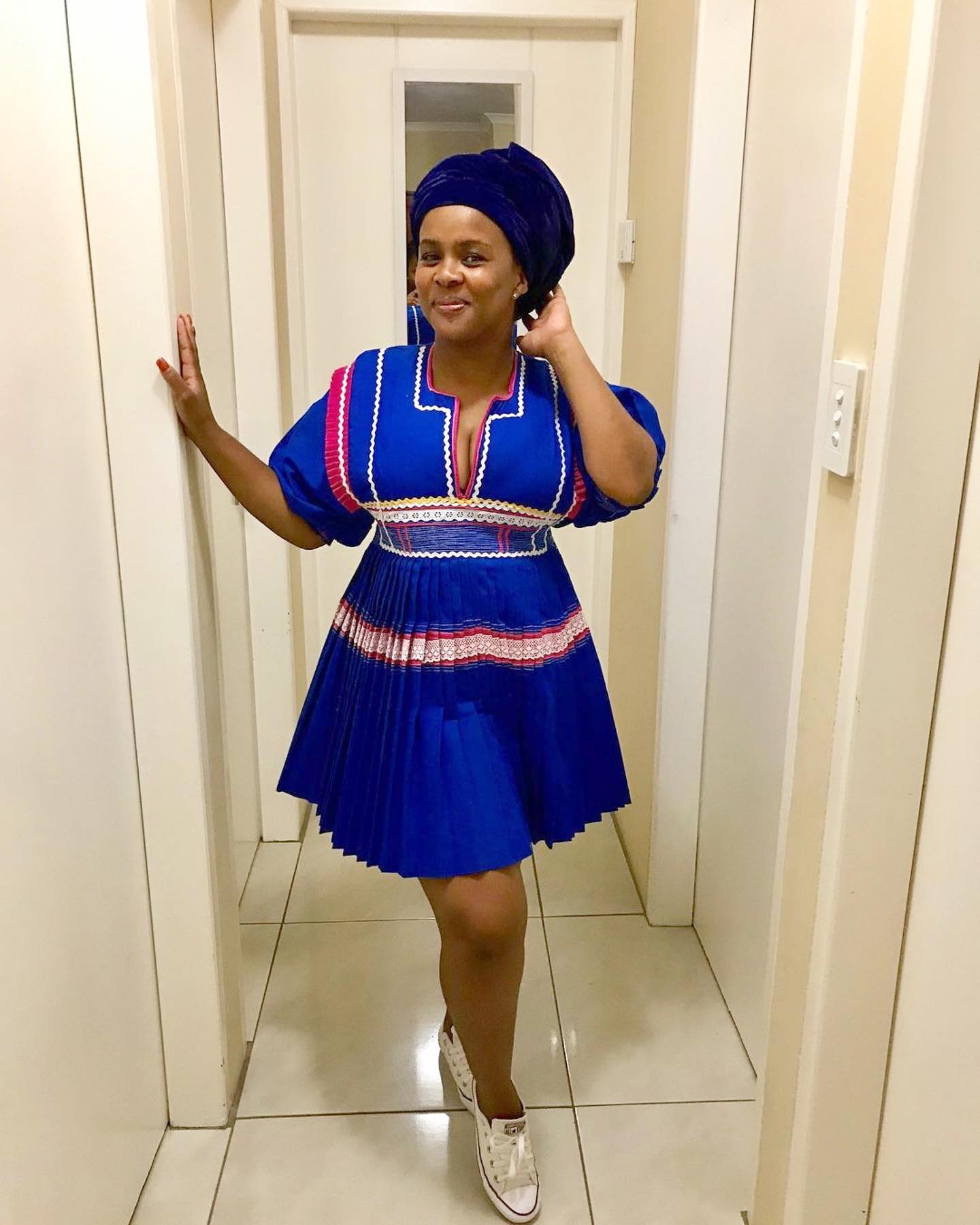
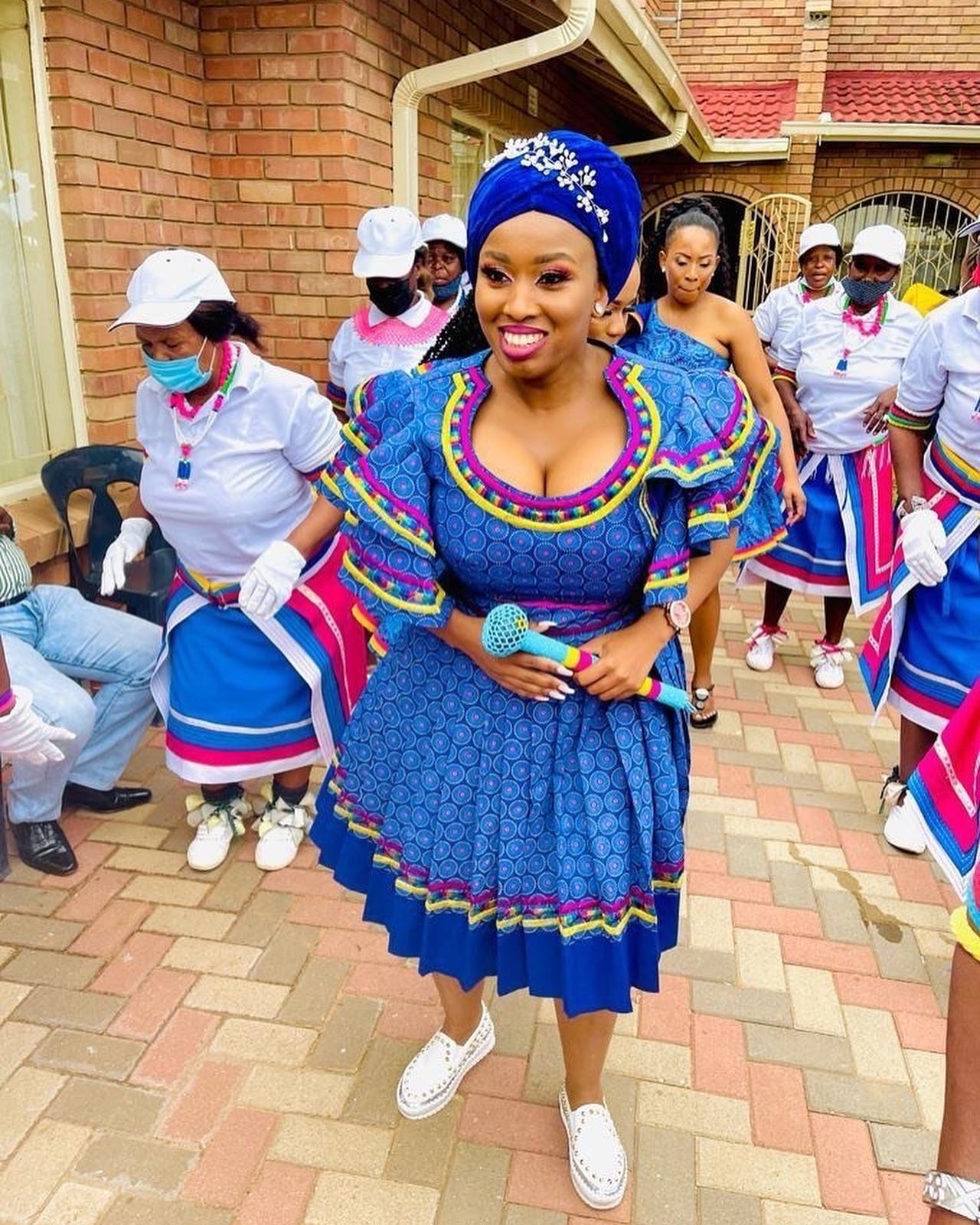
Historical context and significance of Sepedi Traditional Dresses
Sepedi traditional dresses have deep roots in the history of the Sepedi tribe. They serve as a symbol of identity, pride, and cultural heritage. These dresses are often worn during significant events and celebrations, such as weddings, initiation ceremonies, and traditional festivals. They reflect the traditional values, beliefs, and customs of the Sepedi people, emphasizing their connection to their ancestral roots. Each design and element of the dress carries meaning and tells a story, making it a crucial aspect of preserving and honoring Sepedi tradition.
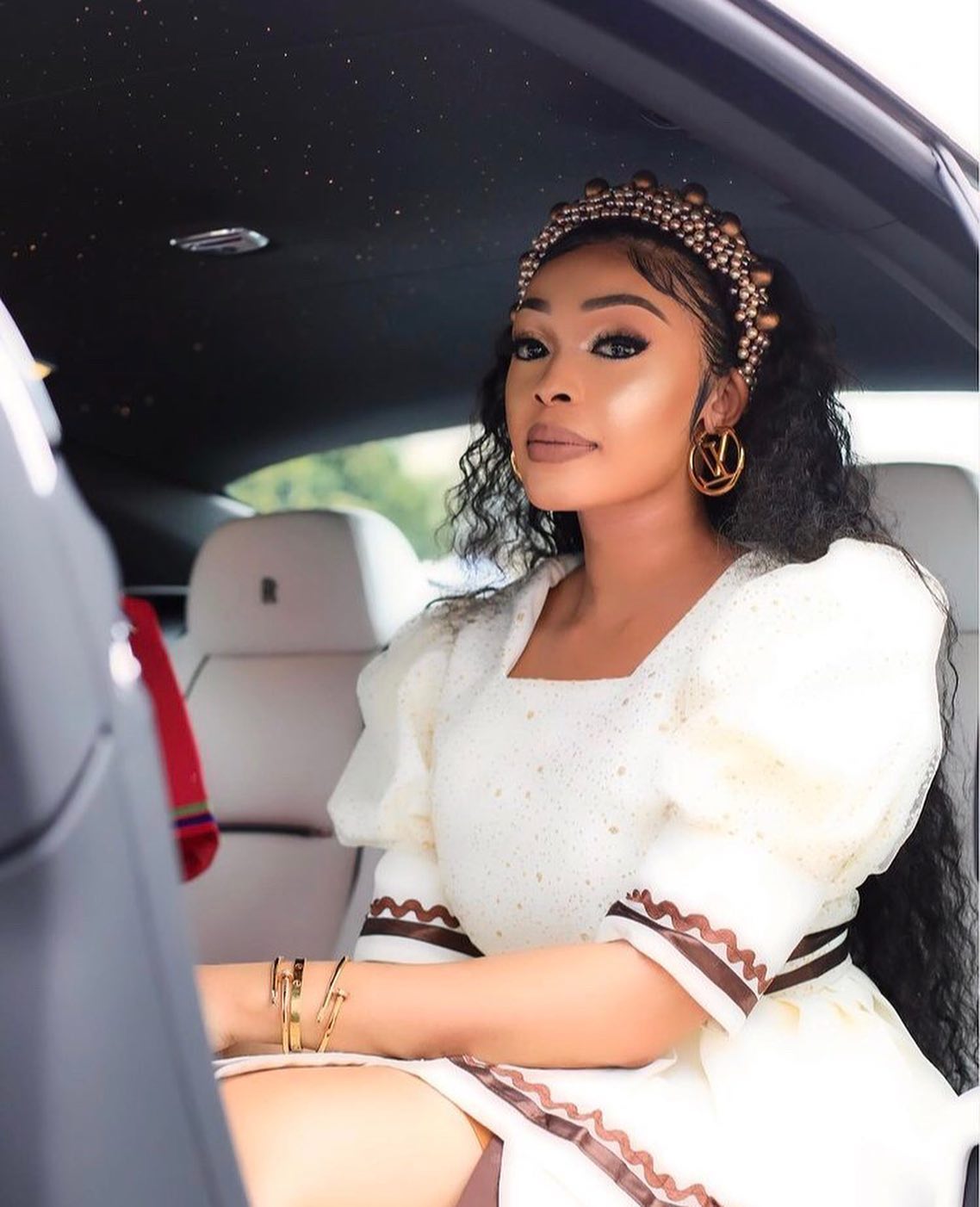
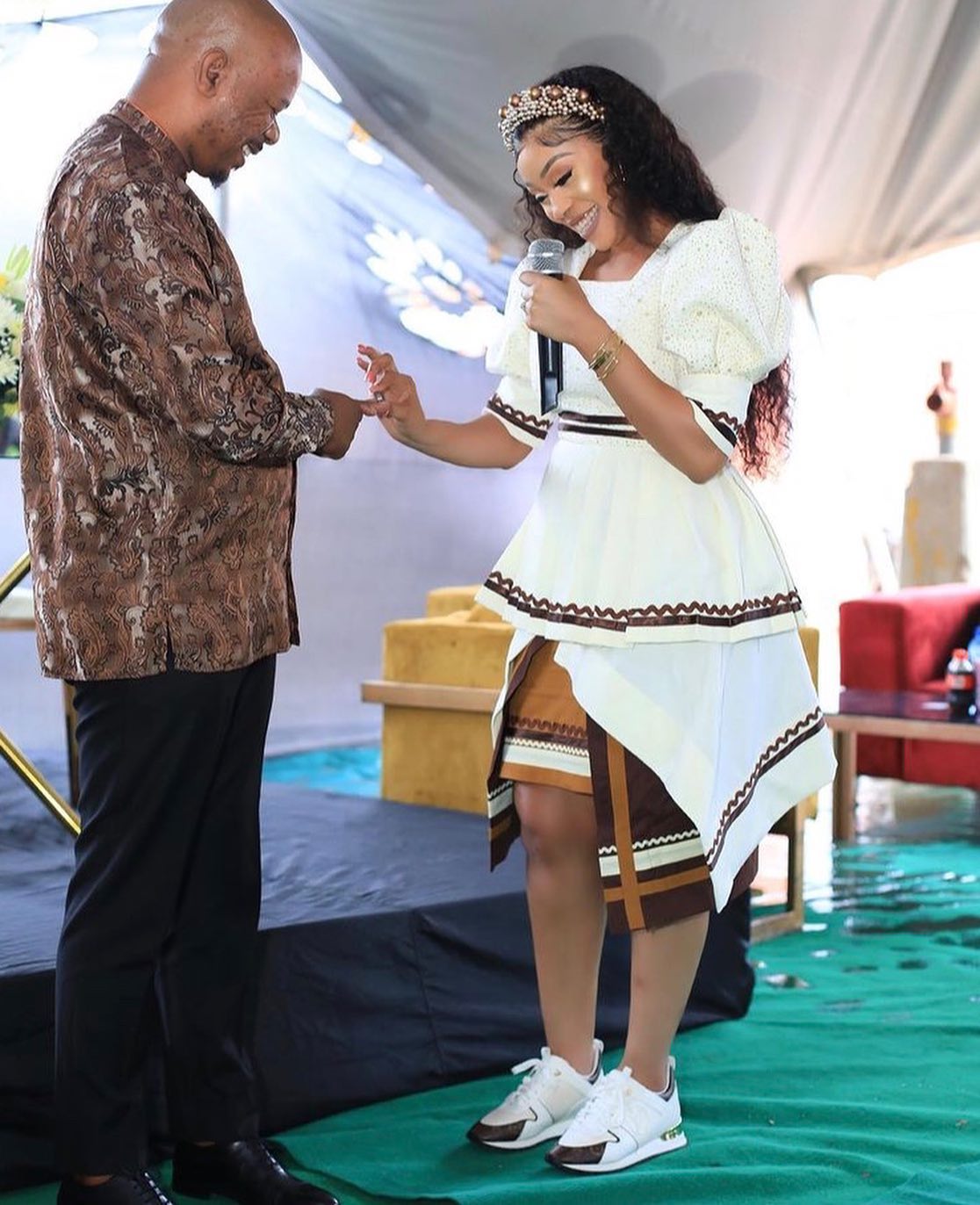
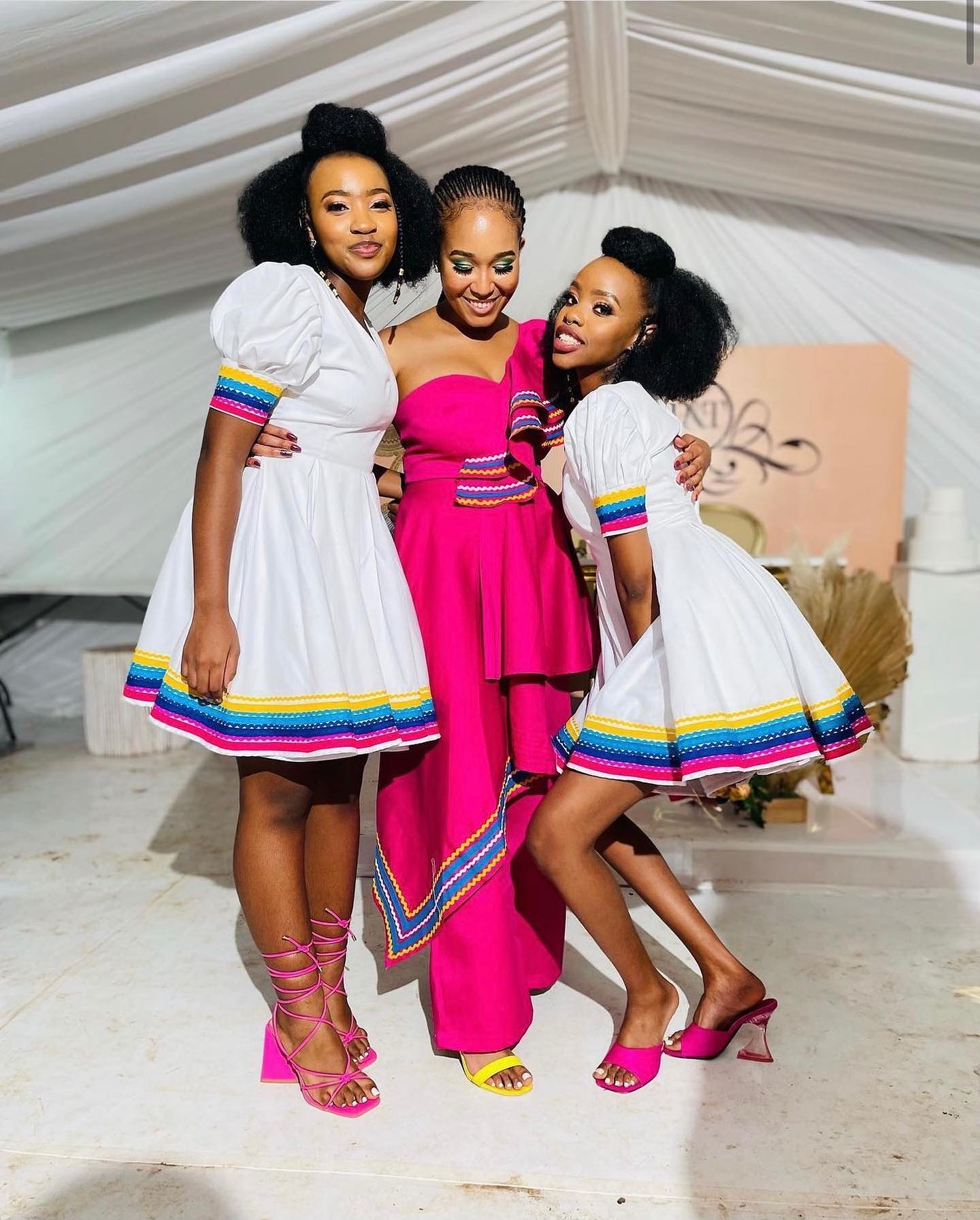
Unique features and styles of Sepedi Traditional Dresses
Sepedi traditional dresses are known for their vibrant colors, intricate beadwork, and bold patterns. They are typically made from high-quality fabrics, such as cotton or silk, and adorned with intricate embroidery and beadwork. These dresses often feature unique sleeve and neckline designs, showcasing the creativity and craftsmanship of the Sepedi people. The styles can range from flowing and elegant to more structured and tailored, depending on the occasion and personal preference. Each dress is a work of art, reflecting the individual’s personality while still remaining rooted in the rich cultural heritage of the Sepedi tribe.
With their historical significance and unique aesthetics, Sepedi traditional dresses continue to captivate and inspire, allowing future generations to connect with their roots and appreciate the artistry behind this traditional attire
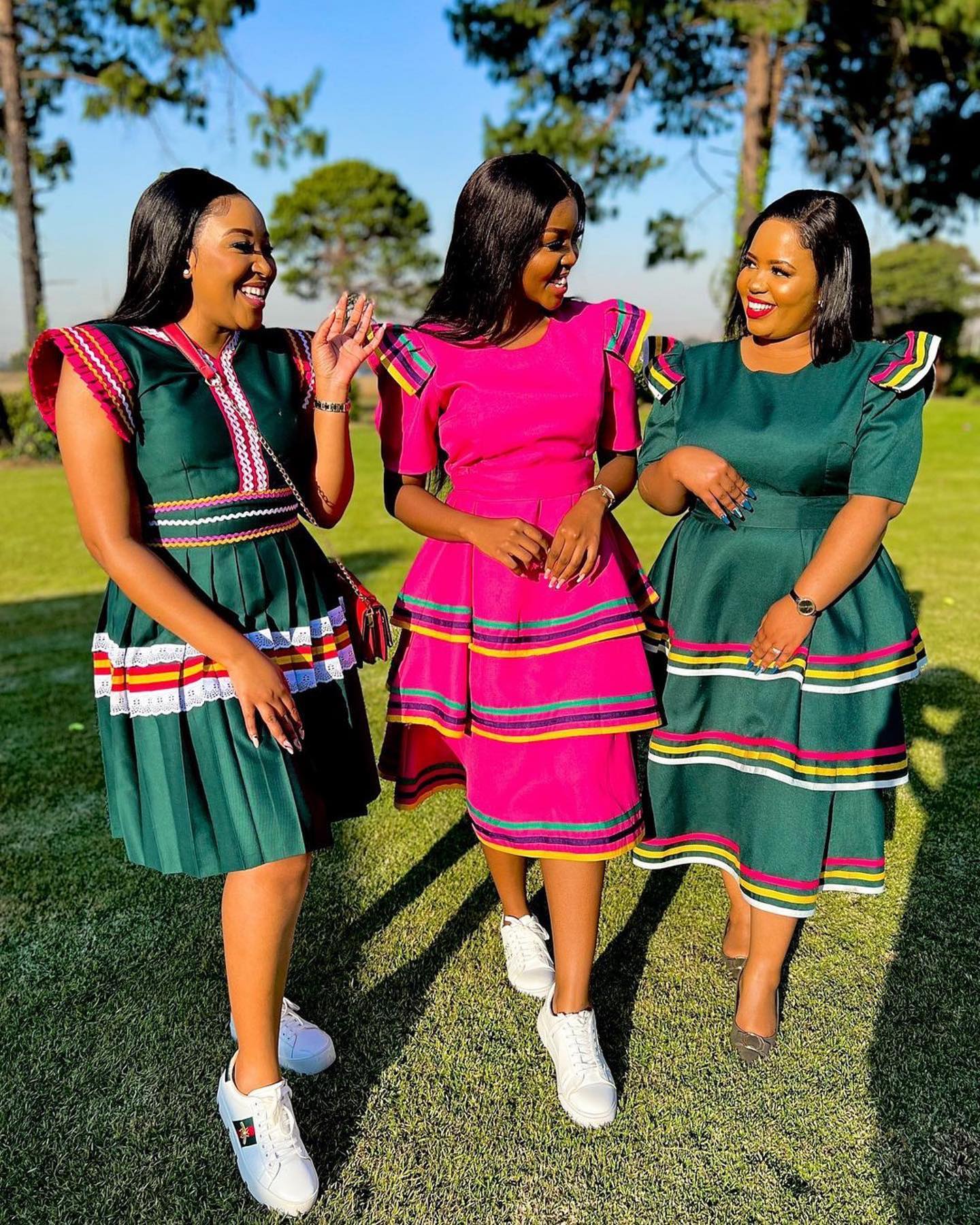
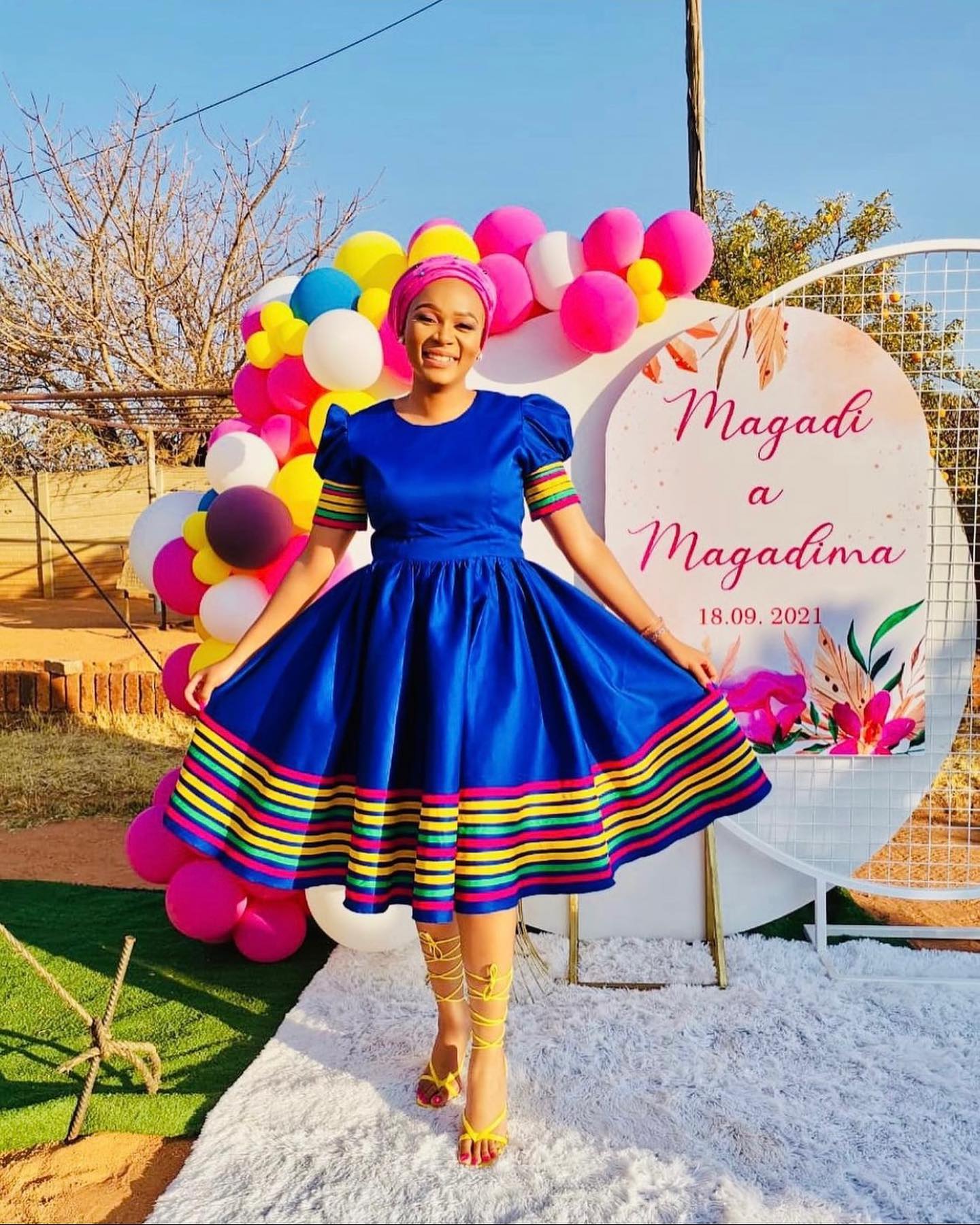
The Making of Sepedi Traditional Dresses
Materials and tools used in creating Sepedi Traditional Dresses
Sepedi traditional dresses are crafted using a variety of materials and tools that contribute to their unique beauty and cultural significance. Some of the commonly used materials include high-quality fabrics such as cotton and silk, which provide a comfortable and luxurious feel. The dresses are adorned with intricate beadwork, embroidery, and unique patterns that showcase the craftsmanship of the Sepedi people. In addition to fabrics and embellishments, various tools like sewing machines, needles, threads, and traditional design templates are used to bring these dresses to life.
Techniques and skills required in designing and sewing Sepedi Traditional Dresses
Designing and sewing Sepedi traditional dresses require a combination of creativity, skill, and cultural understanding. The process begins with a design, which is often inspired by traditional motifs and symbols. This design is then translated onto the chosen fabric, either through hand embroidery or machine stitching. Skilled artisans meticulously sew elaborate beadwork onto the dress, enhancing its aesthetic appeal. Other techniques, such as pleating, gathering, and draping, are employed to create the desired silhouette and fit. The artisans’ attention to detail and mastery of these techniques ensure that each dress is a true work of art, reflecting the rich cultural heritage of the Sepedi tribe.
With their use of exquisite materials, intricate beadwork, and skilled craftsmanship, Sepedi traditional dresses not only highlight the beauty of the Sepedi culture but also serve as a testament to the artistry and talent of the artisans who create them.
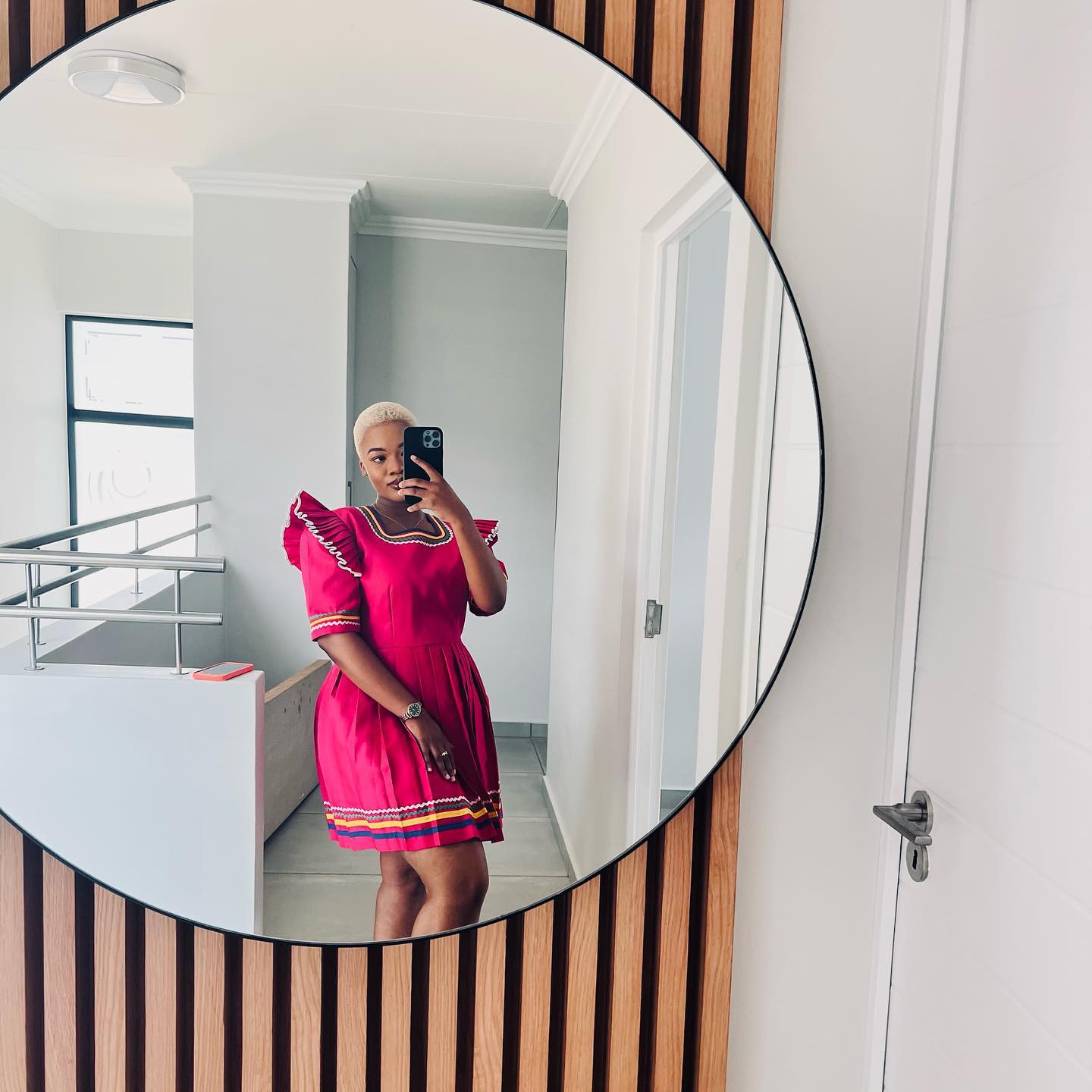
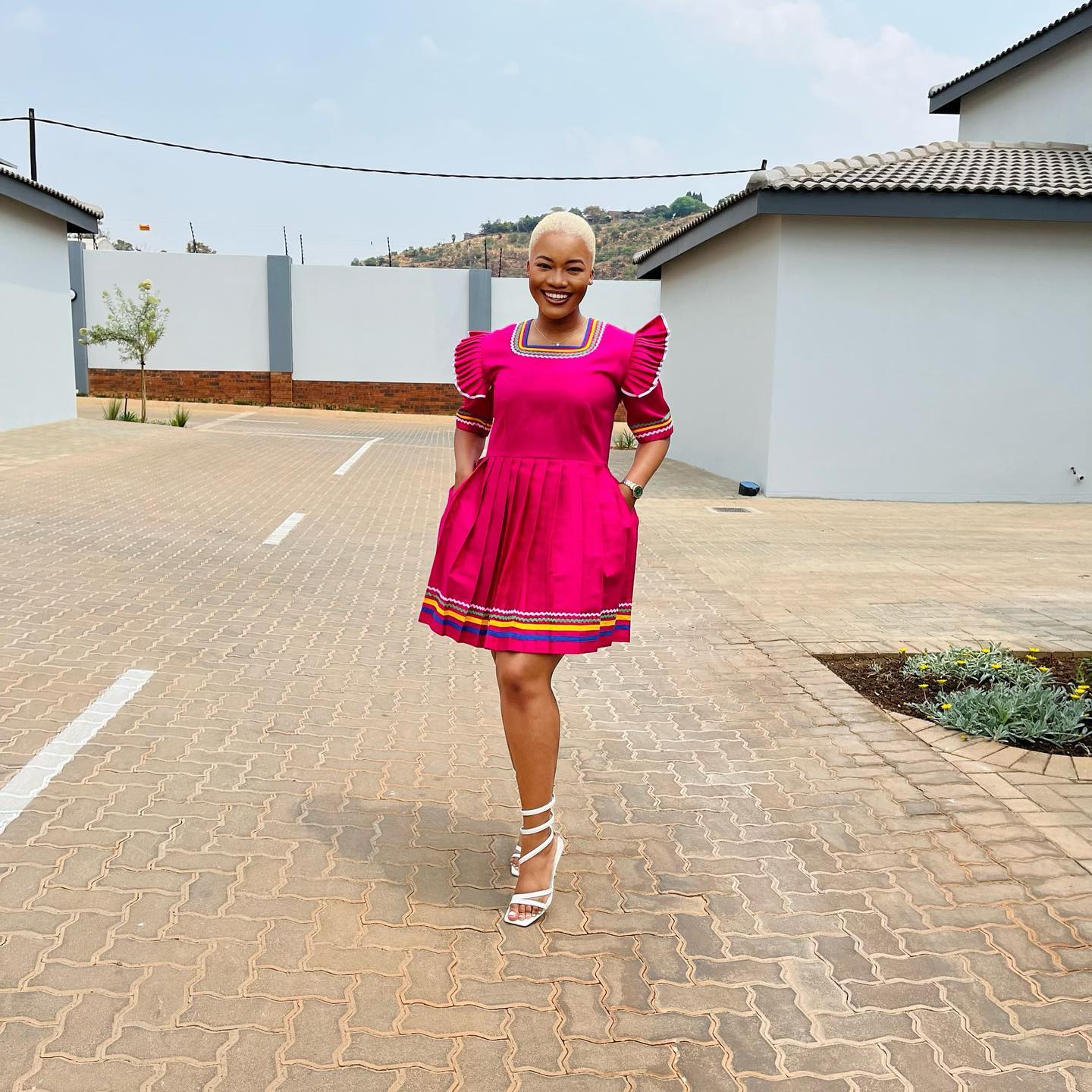
Popular Styles of Sepedi Traditional Dresses
Description and Symbolism of the Dika Style
The Dika style is a popular and significant design in Sepedi traditional dresses. It is characterized by its vibrant colors, bold patterns, and intricate beadwork. The dress itself is typically made from high-quality fabrics such as cotton or silk, and the beadwork is meticulously sewn onto the garment, adding a touch of elegance and cultural symbolism.
The Dika style reflects the rich heritage and values of the Sepedi tribe. The patterns used in the beadwork often represent important aspects of their culture, such as fertility, unity, and spirituality. Each pattern has a specific meaning and is carefully chosen to tell a story or convey a message.
This style is not only a celebration of craftsmanship but also serves as a way for the Sepedi people to connect with their cultural roots. The Dika style is a testament to their pride, creativity, and commitment to preserving their traditions.
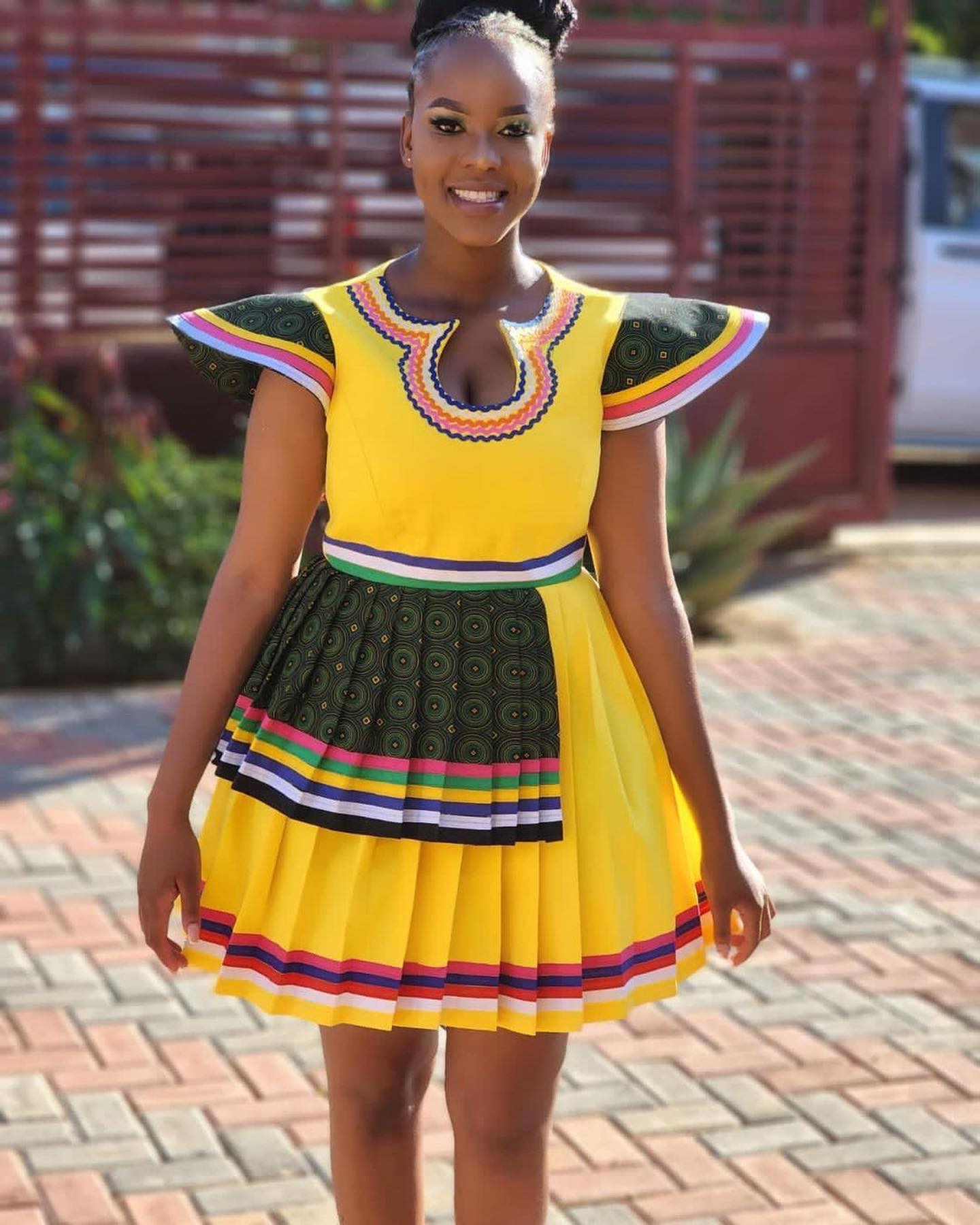
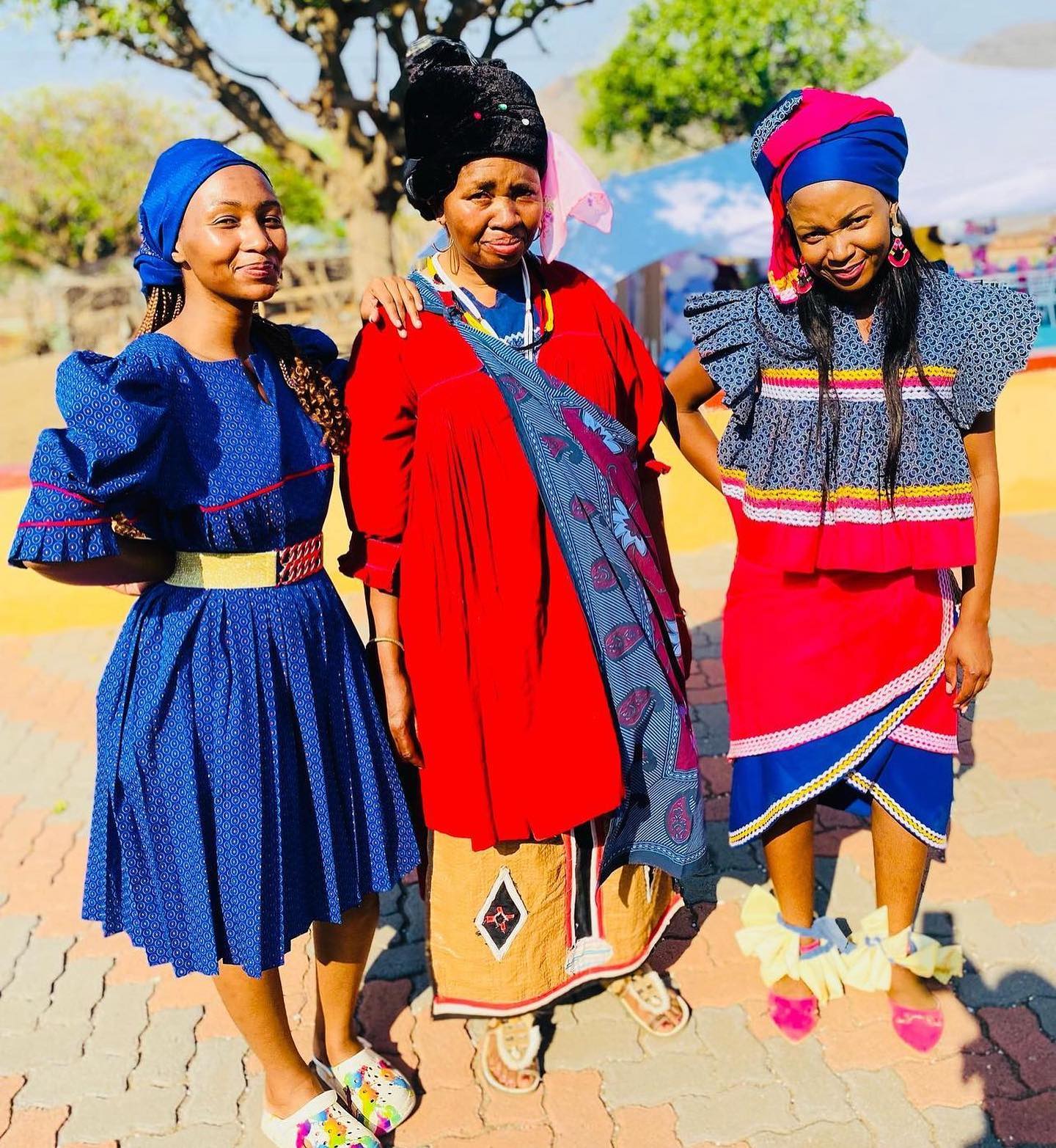
Exploring the Elegance of the Masekwane Style
Another popular style of Sepedi traditional dresses is the Masekwane style. This style is known for its graceful and elegant silhouette, which highlights the natural beauty of the wearer. The dress is often made from flowing fabrics that drape effortlessly, creating a sense of movement and sophistication.
The Masekwane style is adorned with delicate embroidery, beadwork, and other intricate details. These embellishments are carefully placed to enhance the overall design and add an element of uniqueness and luxury to the dress.
Wearing a Masekwane-style dress is not only a fashion statement but also a way for individuals to express their personal style and cultural affiliation. The elegance and craftsmanship of this style make it a timeless choice for special occasions, celebrations, and cultural events.
Whether it’s the vibrant and symbolic Dika style or the elegant and graceful Masekwane style, Sepedi traditional dresses are a true representation of the artistry and talent of the artisans who create them. These dresses not only celebrate the beauty of the Sepedi culture but also serve as a reminder of the rich cultural heritage that continues to thrive and inspire generations.
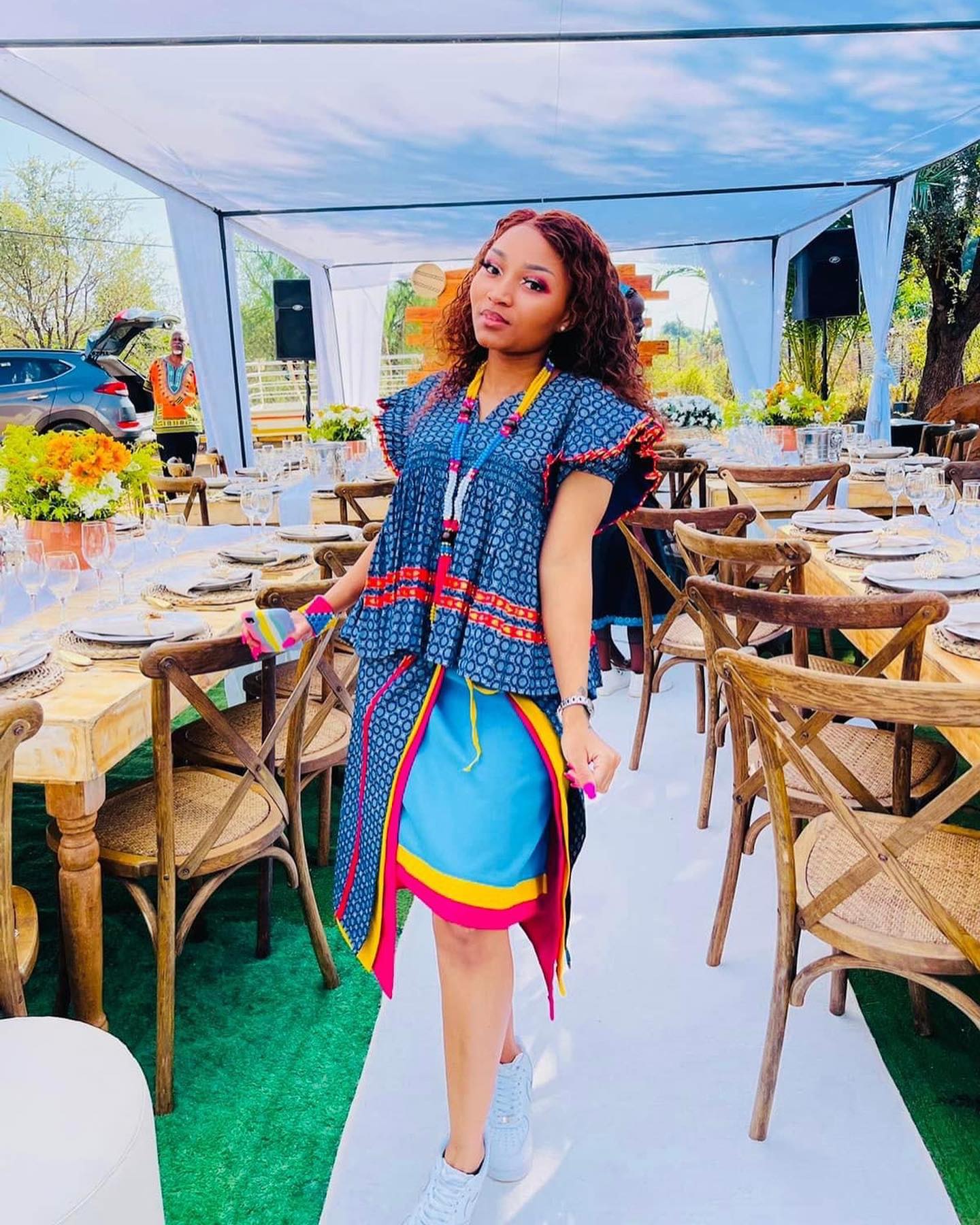
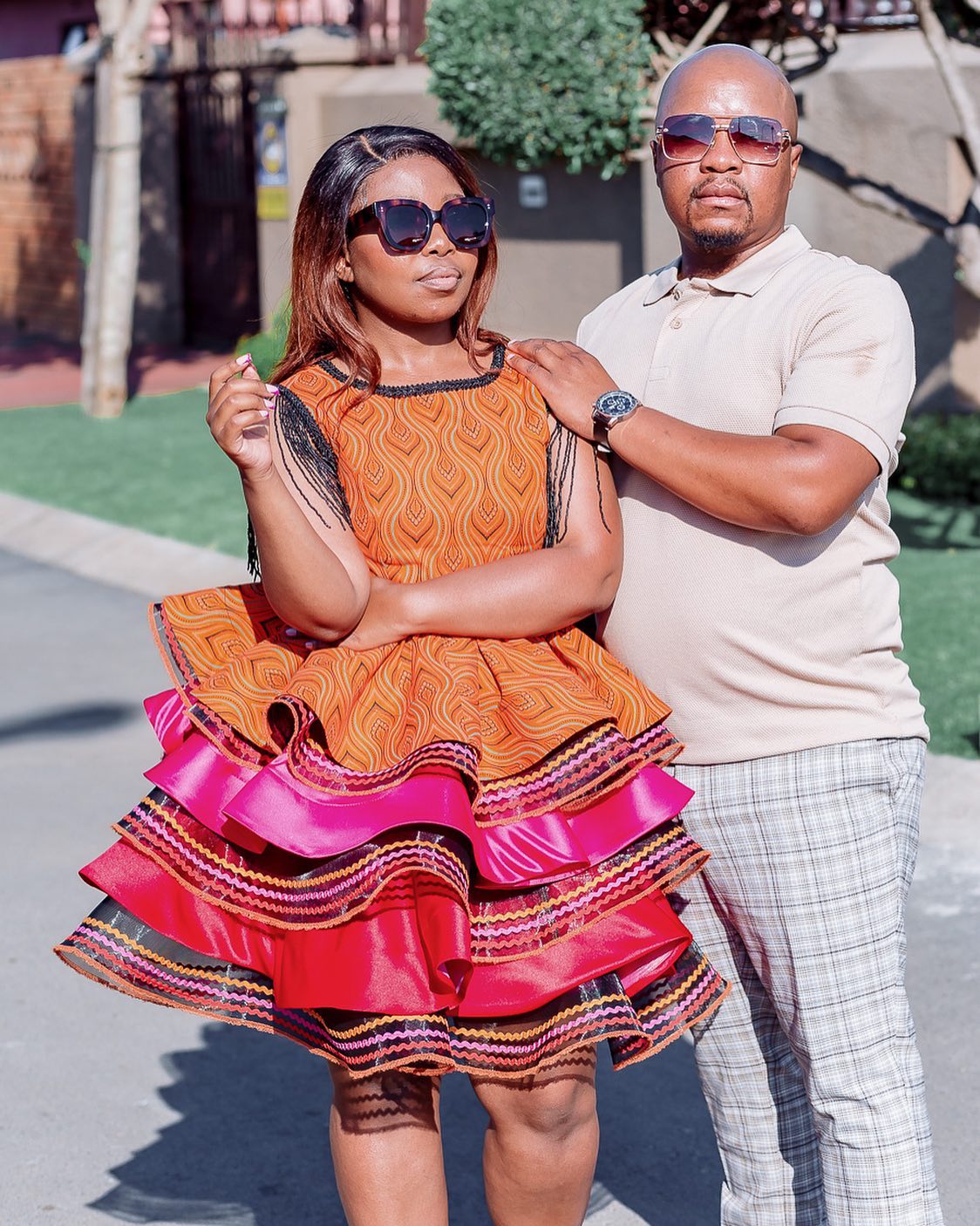
Accessories and Adornments for Sepedi Traditional Dresses
Traditional jewelry and its importance in completing the look
Sepedi traditional dresses are not just about the garments themselves; they are also enhanced by the exquisite traditional jewelry worn to complete the look. Traditional jewelry plays a vital role in Sepedi culture and holds significant cultural and personal meaning.
The jewelry is often handcrafted using precious metals such as gold, silver, and copper. It is adorned with intricate beadwork, colorful gemstones, and unique symbols. The designs range from necklaces, bracelets, earrings, and rings, each meticulously crafted to showcase the artistry and craftsmanship of the Sepedi people.
Wearing traditional jewelry is seen as a way to honor and connect with one’s cultural heritage. It is also a way to express personal style and evoke a sense of pride in one’s identity. The jewelry reflects the uniqueness of the Sepedi culture and adds a touch of elegance and authenticity to the overall look.
Traditional headwear and its cultural significance
In Sepedi culture, traditional headwear holds immense cultural significance and is an integral part of completing the attire. The headwear varies in style, shape, and materials used, each representing different cultural traditions and social status.
One popular traditional headwear is the turban, known as “dikoko.” The dikoko is made from a vibrant fabric that is wrapped around the head in a stylish and elegant way. It represents respect, wisdom, and authority.
Another traditional headwear option is the “tshepe.” This is a circular-shaped hat made from various materials such as straw, fabric, or beads. Each material carries its own symbolism and meaning, such as prosperity or protection.
Wearing traditional headwear not only adds a visual appeal to the overall look but also serves as a way to honor and preserve cultural customs and traditions. It reflects the pride and respect that the Sepedi people have for their heritage and is a way to showcase their unique identity.
Sepedi traditional dresses, when adorned with traditional jewelry and headwear, become a complete ensemble and a true reflection of the artistry, cultural pride, and identity of the Sepedi people. These accessories and adornments play a crucial role in preserving and celebrating the rich heritage and traditions of the Sepedi culture.
Modern Interpretations of Sepedi Traditional Dresses
The influence of contemporary fashion on Sepedi Traditional Dresses
In the ever-evolving world of fashion, traditional dresses have become an avenue for designers to showcase their creativity and embrace modern trends. Sepedi traditional dresses, with their vibrant colors and intricate patterns, have not been immune to this shift. Contemporary fashion has had a significant influence on the evolution of Sepedi traditional dresses, resulting in modern interpretations that blend tradition and modernity.
Designers have taken inspiration from global fashion trends and incorporated them into the traditional dress silhouettes. This infusion of contemporary elements offers a fresh and stylish take on Sepedi traditional dresses, attracting a new generation of fashion-conscious individuals.
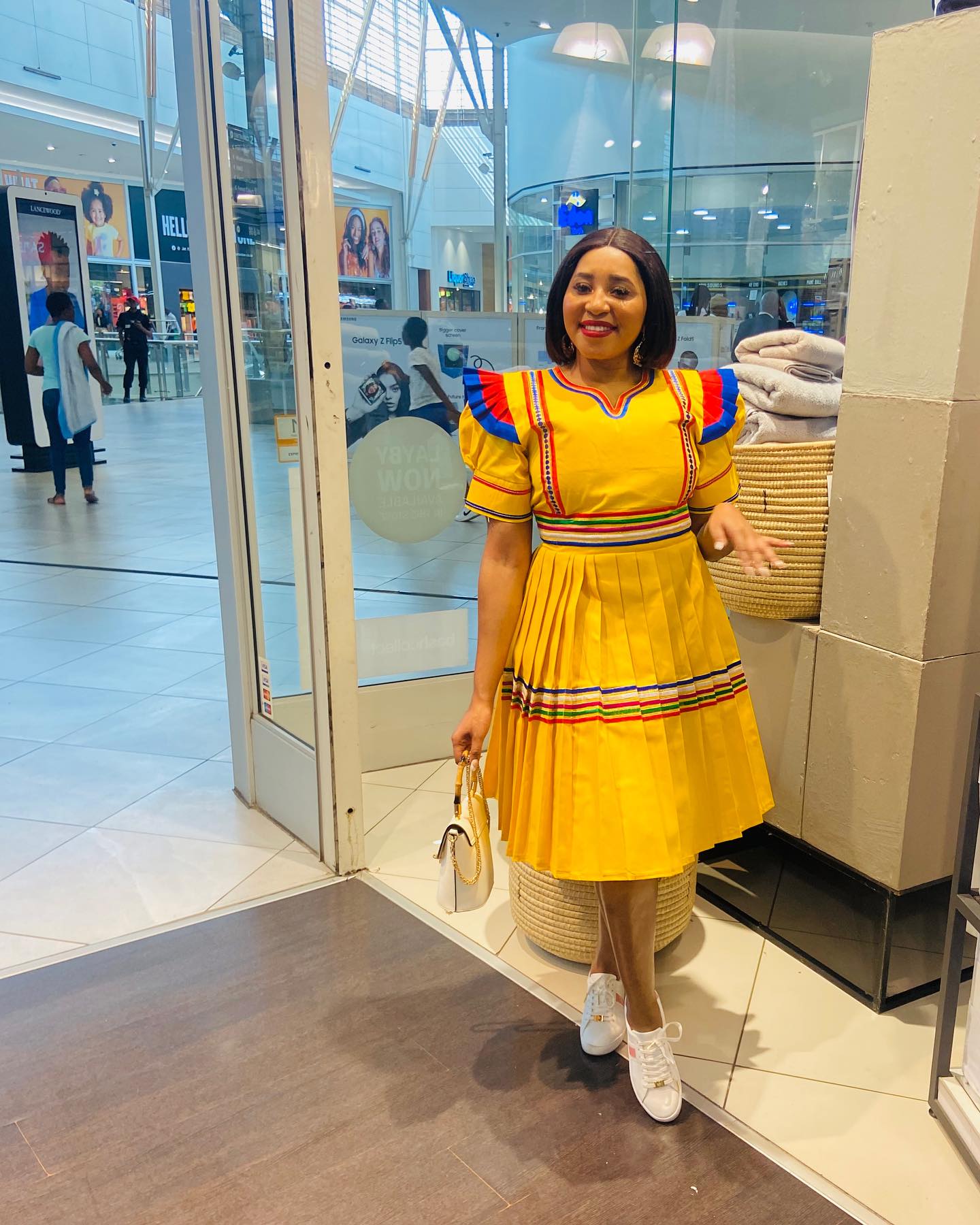
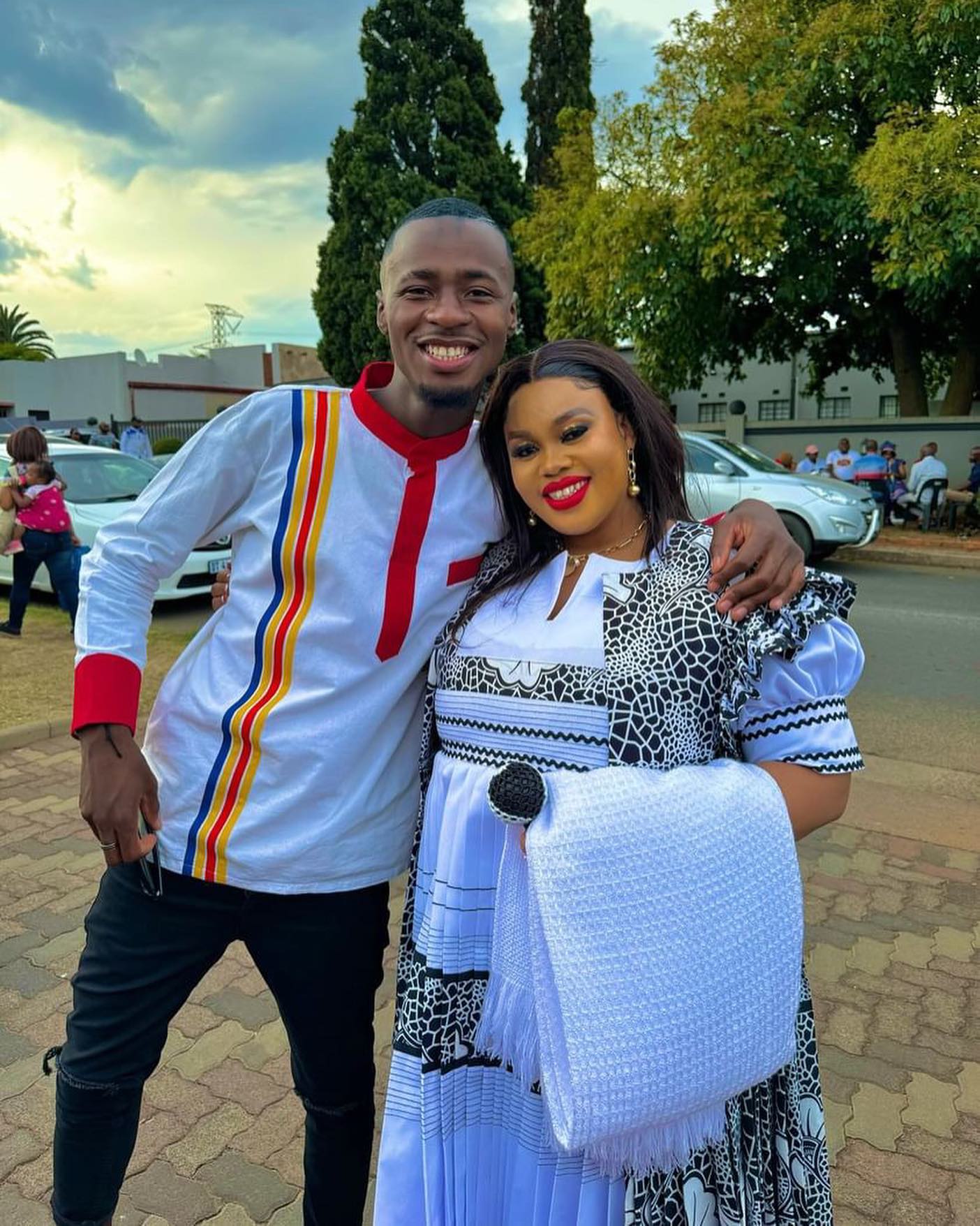
How designers blend tradition and modernity in their designs
The blending of tradition and modernity in Sepedi traditional dresses is a delicate art. Designers carefully consider the cultural significance of each garment and strive to maintain its authenticity while infusing contemporary elements.
One way designers achieve this balance is through fabric choices. Traditional fabrics like shweshwe and sishebo are still used, but designers also experiment with modern fabrics such as silk, lace, and organza. This combination creates an intriguing contrast between traditional and modern textures.
Designers also incorporate modern design elements like asymmetrical hemlines, sheer panels, and bold prints into Sepedi traditional dresses. These additions bring a contemporary flair while respecting the integrity of the traditional dress design.
The result is a harmonious blend of tradition and modernity that appeals to both the older generation, who value cultural heritage, and the younger generation, who seek fashion-forward styles.
In conclusion, the influence of contemporary fashion on Sepedi traditional dresses has opened up new possibilities for creativity and self-expression. Designers successfully blend tradition and modernity, creating garments that honor the rich cultural heritage of the Sepedi people while embracing the ever-changing world of fashion.
Comments are closed.